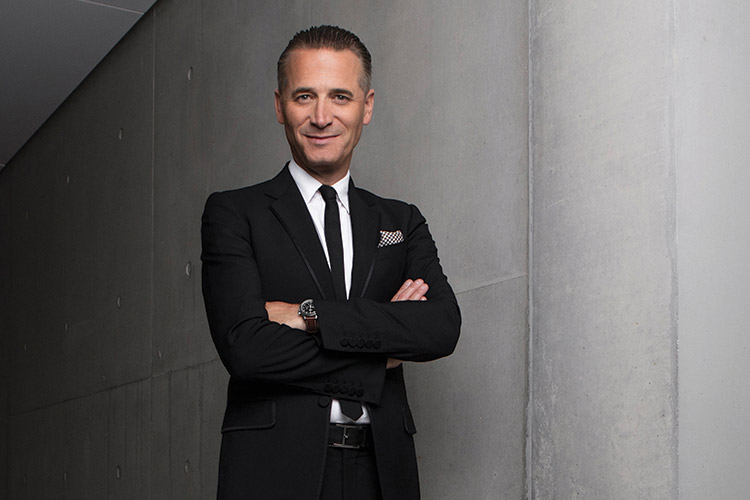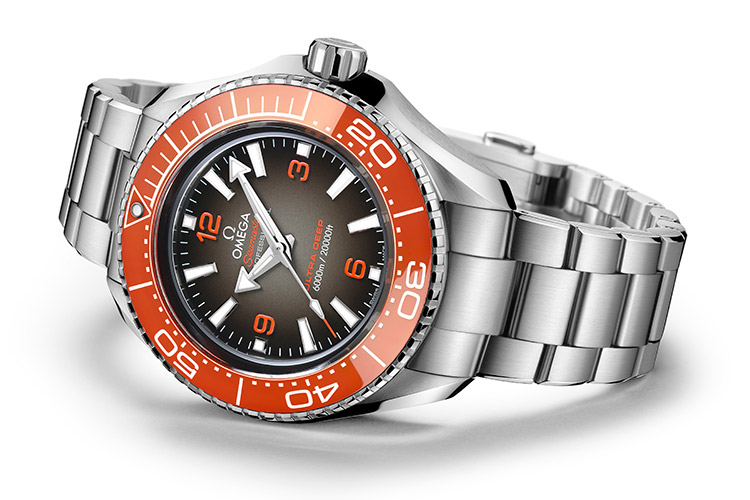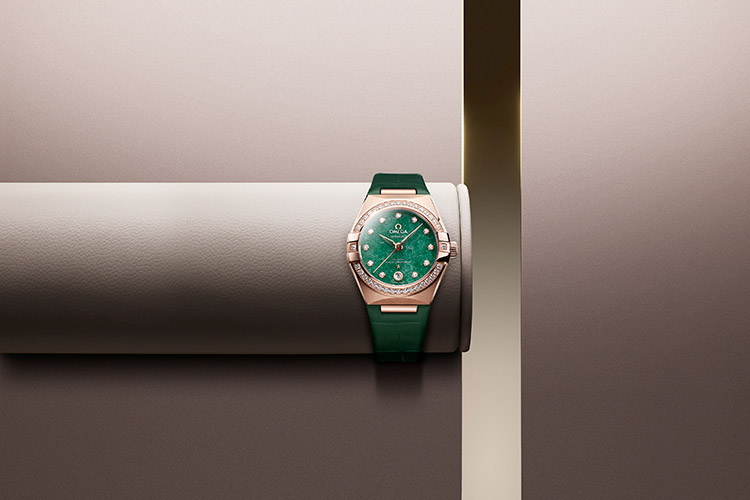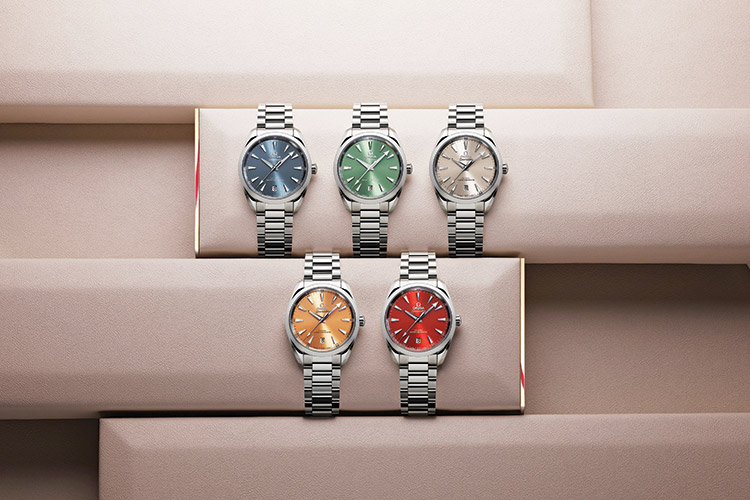
The latest Seamaster Planet Ocean Ultra Deep from Omega has dived in too deep that it has gone beyond just making waves. Achieving water-resistance to 6,000 metres and yet being available for civilian wrists at a fairly affordable price makes it an important talking point during our interview with Raynald Aeschlimann Omega President and CEO
How would you describe the importance of the new models in perspective to Omega’s history?
We have a new line of Speedmaster 57 that is incredibly successful since we launched it three days ago. People could easily relate to the vintage aesthetics and the link to history. History is also very important to us for two reasons: for a brand like us, thinking that everything has been done before is a mistake, but that doesn’t mean we cannot continue the history.
I am also very happy to present the Seamaster Planet Ocean Ultra Deep; for me the Ultra Deep is the perfect Omega watch, the perfect Seamaster watch. With this watch, we have the Omega of the Seamaster line, because it is a mix of design – design is very important because it is not like one of those concept watches that look great but can never be produced as an actual watch. Or an incredibly big watch, which looks great but can never be worn or used as an actual watch. Ultra Deep is Planet Ocean, Ultra Deep is Seamaster but at the same time, it is also – with all the incredible technology that is inside it – a breakthrough and a milestone in our history. That is why, I am very proud. I would not talk about history if it were just one watch or one design. I wanted a breakthrough – the 6,000 metre, new technology, new material – and at the same time, when you have it on your wrist it looks like a Seamaster.
How difficult was it to make the Seamaster Planet Ocean Ultra Deep as a watch for consumers? Also why did Omega put in the huge investment in R&D into developing a watch water-resistant to 6,000 metres when barely anyone is actually going to dive that deep?
It is very important for me that our Omega watches are true icons, and as an icon, an Omega watch is not only good to look at on the outside but also houses top of the technology inside the watch. Omega believes that we have to give the best to our consumers. Another important factor was to have such a watch at an Omega price. It could be a magnificent watch but only be available at five or ten times the price of a branded watch; that is good but not what we were looking for.
We had to develop a lot of technologies for this timepiece; to just make the watch that went down with Victor Vescovo, around 10 companies of the Swatch group had to work together and bring in all of their technical prowess. In terms of development, it shows exactly what we are, our spirit. I consider it a part of our responsibility as an industry leader to not just change a design element and bring that out as a new watch every year. We have a responsibility to bring a new level to the industry and Omega does that, and it has a ‘Wow’ effect. Like many of the luxury accessories, I believe that the intrinsic value is truly important, and that is why we do things this way at Omega. Yes, we had to work very, very hard; yes, we had to spend a lot in R&D but this is something we wanted to bring to our consumers. It is like enjoying a fantastic piece of art, which is almost invaluable, but as an Omega watch, you can enjoy wearing it on your wrist.
It is also one more indication that we care. It is not just a new Planet Ocean; it is a breakthrough and we have invested a lot. Water-resistant to 6,000 metres was not an easy target but we wanted to achieve that because that also shows how dedicated we are to diving and have been for a lot of years, and it sets a new standard that we will continue to work at.
What is the role of colours in the history of Omega?
It was almost 20 years ago that our first Planet Ocean had an orange bezel, which was something that we invented and that we are very proud of. The watchmaking industry and a brand like Omega have been evolving for quite some years now. Going from being watchmakers to also producing luxury accessories, our watches – such as the Speedmaster or Seamaster – are more than just instruments at the disposal of our customers, who could be timekeepers or from the military. This evolution made us think about how we could incorporate colours in our brand so that they are something more than just colours.
Twenty-five years ago, when we launched the Speedmaster Michael Schumacher with their red, yellow, and blue, we were also pioneers in that. Now, we don’t just work with coloured gemstones such as rubies and sapphires; we are working with tones and gradations, say from aqua to terra as we already did with Trésor a few years ago. There is not only the question of colours, but the right tones and the right watch for it. At Omega, we have always had the desire to go further than just putting in a yellow dial or one of mother-of-pearl; we have created high-end luxury products in colour such as in our Constellation line. I think it is also time to come in with some additional colours and not only in our jewellery pieces. For instance, our Speedmaster 38 has some colours that are, by definition, not feminine colours, and everybody finds these tones attractive.
Your latest Constellation and Seamaster collections are updated takes on Omega’s classic watches; how are they different from their predecessors?
Omega is definitely a luxury brand, but we are not a fashion brand, and as such we are not going to be changing something just for the sake of change. We are a pioneering and innovative brand, in terms of dials used, setting, and the design. There is also the factor of timelessness and longevity. I have had people show me the Speedmaster used by their fathers, and it is not a vintage watch; it is a totally modern watch. That is a design of a watch that is quite old and still absolutely modern; it also indicates that Omega is not a brand that needlessly changes its colours or designs. As the CEO of the brand, I want to create clear guidelines and vision of each of our lines. We have the DNA of the Seamaster and the Constellation lines, which are very famous. I do not want to touch the DNA of the line, but let it evolve over time – reassessing the DNA of the brand, but also making it modern; this is a delicate balance that we have achieved and that is why Omega is so successful.








